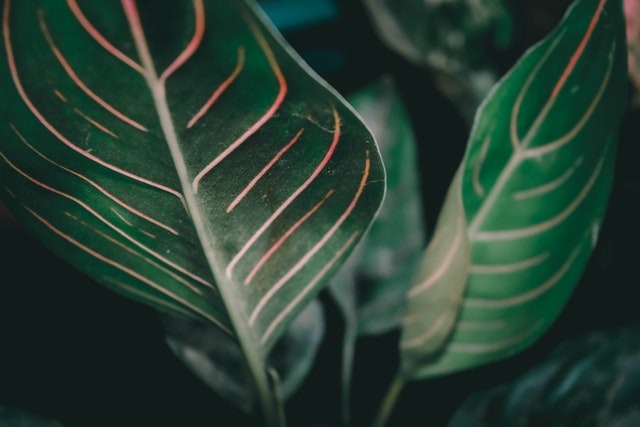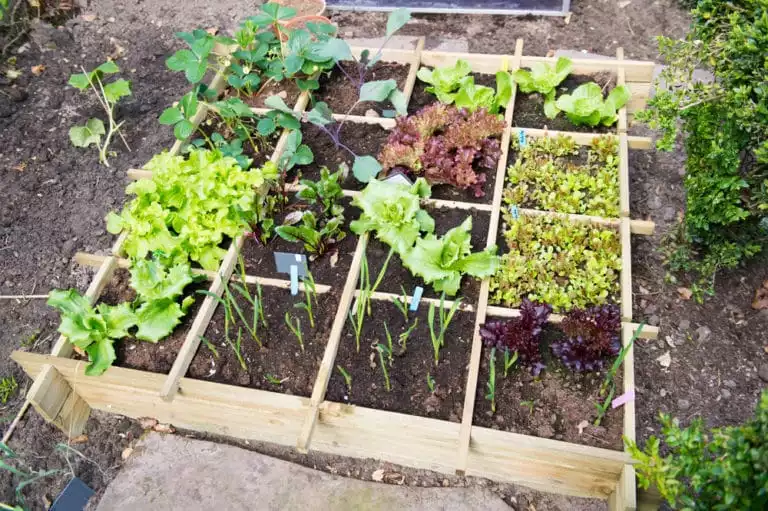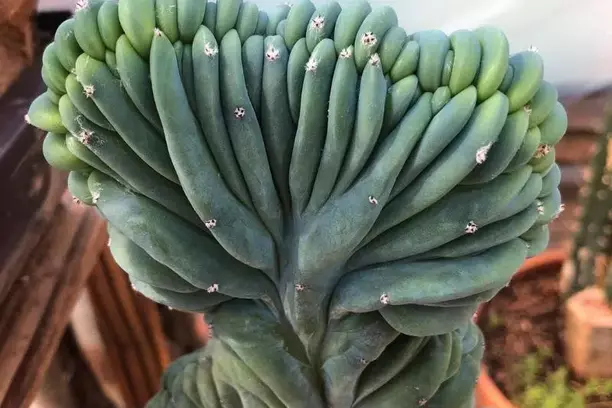Growing succulents at home are far much easier than you may think. Unlike other plants, they require less attention and will generally last longer. They, however, need the right soil conditions which may differ from other indoor plants.
One good way of having indoor succulents is using a terrarium. It’s a round container in which you put a soil mixture and then plant your succulents. You can explore various terrarium ideas since you can go for a glass terrarium, a hanging terrarium, or one you can simply place on a corner or table.
Do succulents do well in terrariums/terraria?
Succulents aren’t like other plants that need constant humidity or water as such, using ordinary soil would be too thick for them. The structure and nature of a terrarium provide them with the same soil structure they thrive in the wild. Besides that, succulents need lots of light and a glass terrarium allows a lot of light in.
What do you need to make a succulent terrarium?
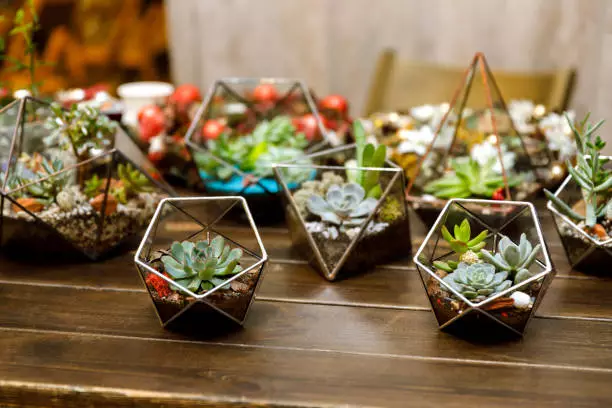
To make a succulent terrarium, you need the following items:
- Pebbles
- Sphagnum moss
- Glass trifle container
- Perlite or charcoal
- Potting soil for succulents
- Garden trowel
- Succulent plants
- Spoon
- Tweezers (long ones)
- Spray bottle with water
- Paintbrush (removing dirt off the plants)
- Gardening gloves
The glass jar can either be bought specifically for this purpose or repurposed if you have one suitable for this role. A majority of the tools needed for this task are available in most homes. What you may need to buy are the plants and the other items such as the potting soil, pebbles, and perlite.
How to make a succulent terrarium (Step by step)
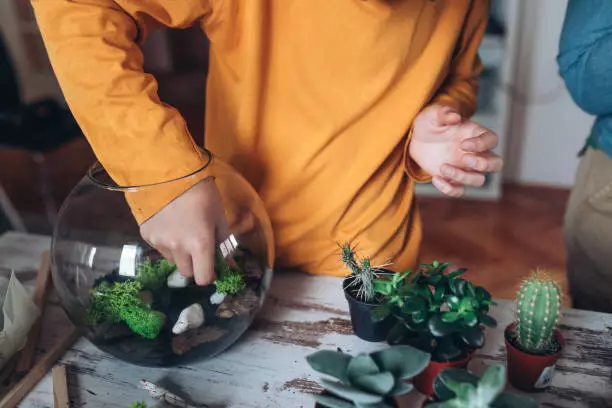
The succulent terrarium is made in the following steps:
Step 1: Add the pebbles
The first step is to add the pebbles to the glass container. Depending on the size of the container you have, the pebbles should be about an inch to two high. The larger the container the shallower the pebbles will be. The purpose of the pebbles is to drain any excess water from the soil above so that it doesn’t choke the roots of your succulent plant.
Step 2: Add the charcoal or perlite
The next item to add the perlite or charcoal. With charcoal, you have the option of either shards or granules. Both types work quite well. The purpose of this layer is to reduce odors and protect the plant from fungi and bacteria.
Step 3: Add the moss
The moss you add is to form a barrier between the charcoal below the soil that will be added on top.
Step 4: Prepare the plants
Before adding anything else into the soil, prepare the succulents you have for the planting. The preparation includes trimming the roots that are too long, removing old and dead leaves, loosening their soil by watering them, and other procedures.
For the best results, go for plants of different kinds for a total of about 10 different plants in one terrarium. These include creepers, stout ones, and some with different colors and flowers. This will make your terrarium much more beautiful.
Step 5: Add dirt and the plants
Add a sizeable layer of dirt (potting soil) to the terrarium then place the plants in it. Add more dirt around the plants then firm them up by slightly pressing the dirt around them. Avoid congesting certain areas of the pot and instead, evenly mix them out to give them room for growth.
The potting mix you use can also be prepared at home. For cactus, the mix contains 10% horticultural grit, 20% perlite, 20% 5mm coco husk chips, and 50% washed cocopeat. If you’re planting other succulents apart from cactus, the mix may be different.
Step 6: Water your terrarium
Water your plant mildly to avoid getting the terrarium soaked. Succulents don’t do well in soggy soils and should thus be watered lightly. You’re better off watering them lightly once every week than less frequently and with more water.
Some care tips for your succulents in a terrarium include only watering them once a week, keeping the watering reasonable since they don’t need that much water, keeping them indoors but away from direct sunlight, and fertilizing twice a month and only in the summer.
